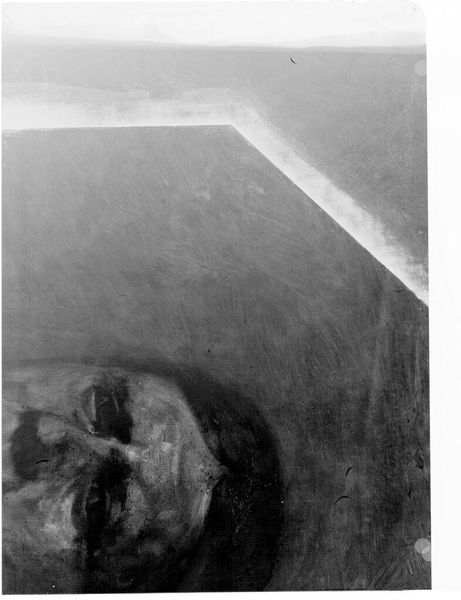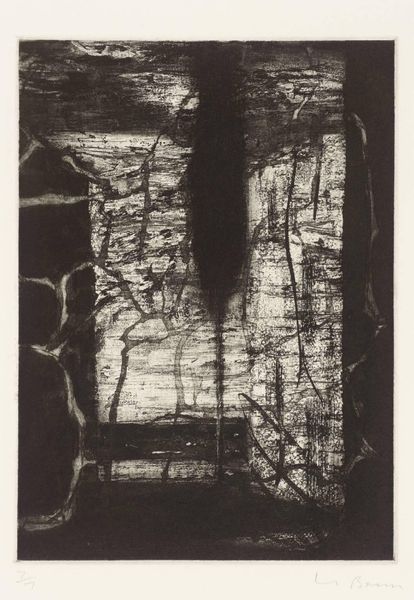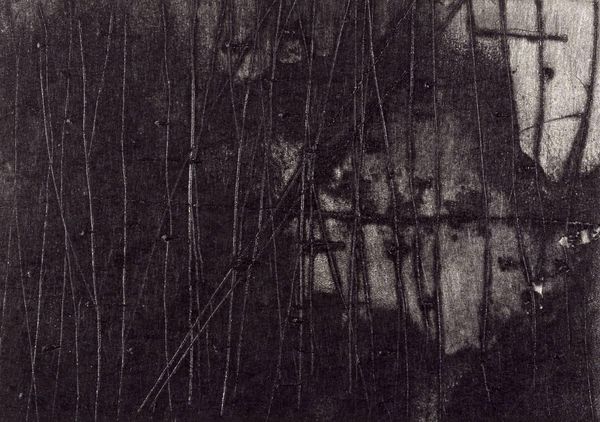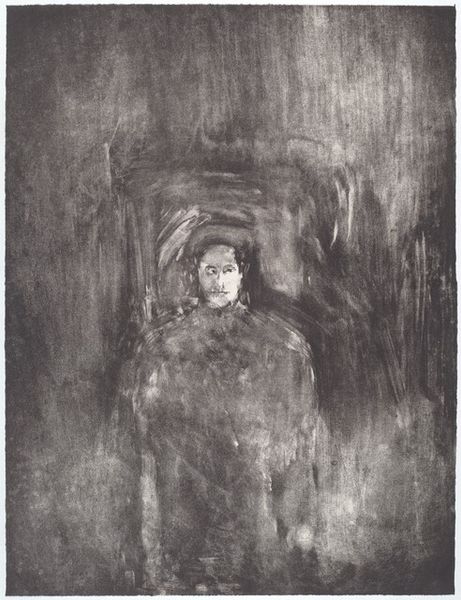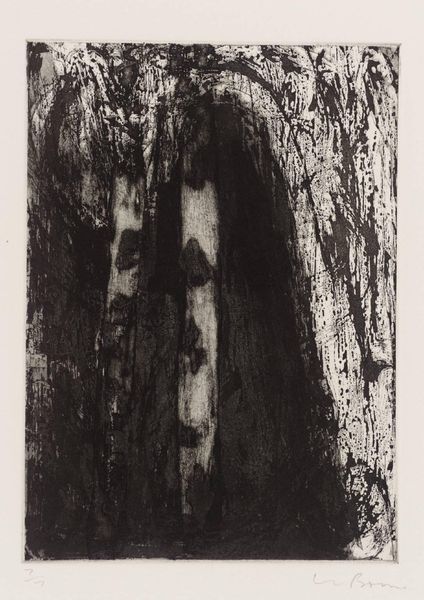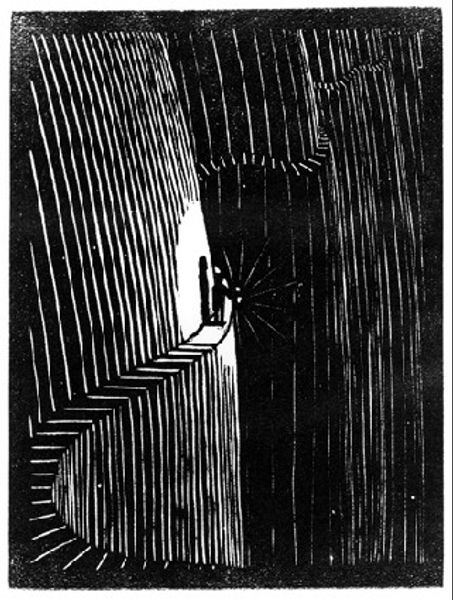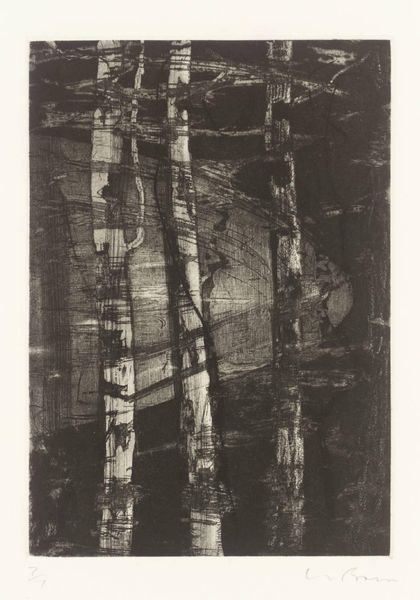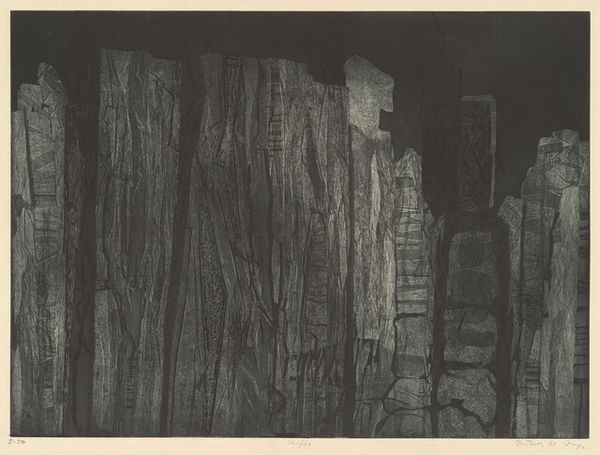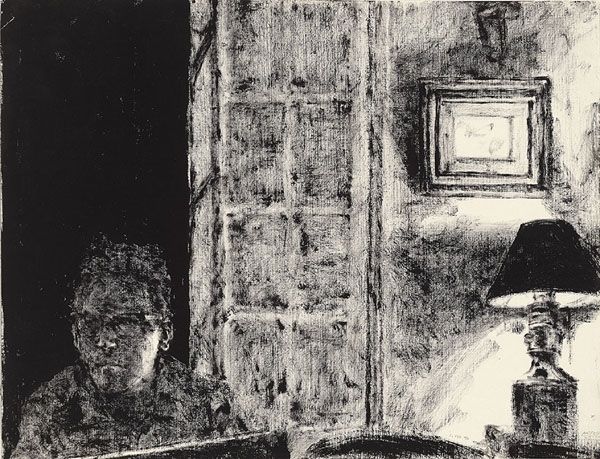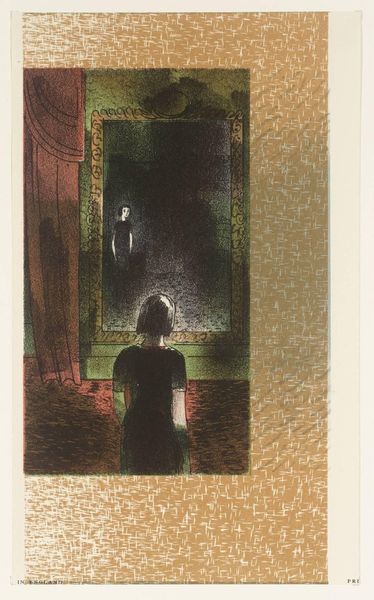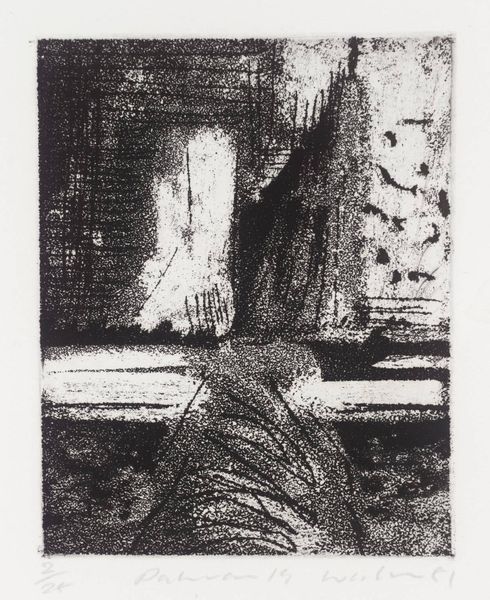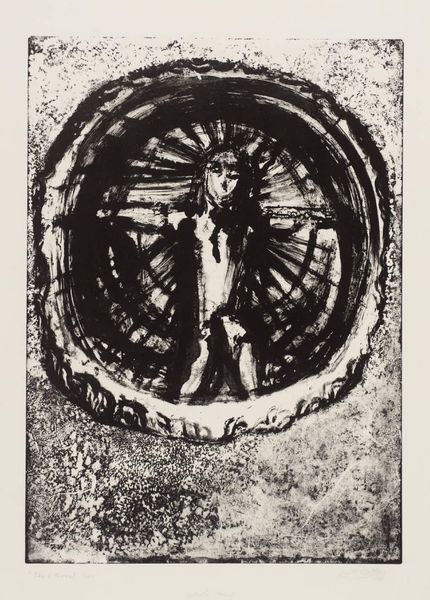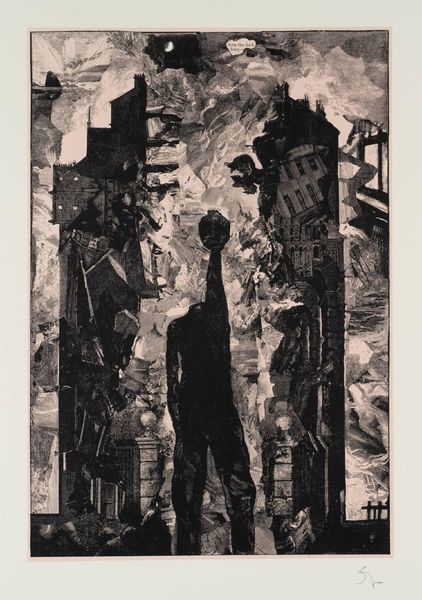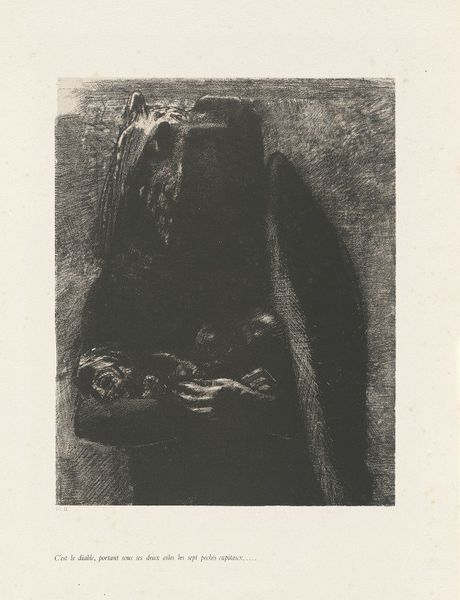
Dimensions: image: 450 x 298 mm
Copyright: © John Walker | CC-BY-NC-ND 4.0 DEED, Photo: Tate
Editor: This is John Walker's "Prahran 3," and it looks like a print. The texture is intense, almost like carved stone. What’s your take on the materials and process? Curator: The lithographic process, the labor involved in creating this texture, it all speaks to a physical engagement. Look at the density of ink, the layering. How does this materiality challenge our understanding of printmaking as mere reproduction? Editor: So, it's not just the image, but the making of it? Curator: Precisely! The "how" is crucial. Think about Walker's social context, too. The print becomes a record of his actions, a tangible outcome of his labor. Editor: I never thought about it that way. I’ll definitely look at prints differently now. Curator: Considering production adds another layer to appreciation.
Comments
Join the conversation
Join millions of artists and users on Artera today and experience the ultimate creative platform.
tate 8 months ago
⋮
These five prints belong to the 'The Prahan Etchings', a group of 23 etchings which Walker executed in 1981. Some of these prints were inspired by the figure of the young girl in Goya's painting 'Duchess of Alba'. Walker became fascinated by this painting as a student and copied it often. The way Walker abstracted this figure is clearly visible in Prahran 3. It reappears in Prahran 8, 12 and 17. Other prints in the series, notably Prahran 5, were loosely based on Velasquez's 'Las Meninas'. Walker called these prints 'Labyrinths', referring to the deep space which surrounds the figures. By referring to old master paintings Walker emphasises the continuity between art of the past and the present. Gallery label, August 2004
